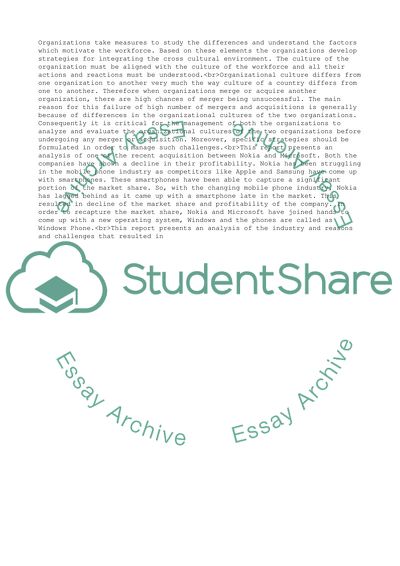Cite this document
(Cross Cultural Management Essay Example | Topics and Well Written Essays - 4000 words, n.d.)
Cross Cultural Management Essay Example | Topics and Well Written Essays - 4000 words. https://studentshare.org/human-resources/1809002-cross-cultural-management
Cross Cultural Management Essay Example | Topics and Well Written Essays - 4000 words. https://studentshare.org/human-resources/1809002-cross-cultural-management
(Cross Cultural Management Essay Example | Topics and Well Written Essays - 4000 Words)
Cross Cultural Management Essay Example | Topics and Well Written Essays - 4000 Words. https://studentshare.org/human-resources/1809002-cross-cultural-management.
Cross Cultural Management Essay Example | Topics and Well Written Essays - 4000 Words. https://studentshare.org/human-resources/1809002-cross-cultural-management.
“Cross Cultural Management Essay Example | Topics and Well Written Essays - 4000 Words”. https://studentshare.org/human-resources/1809002-cross-cultural-management.


